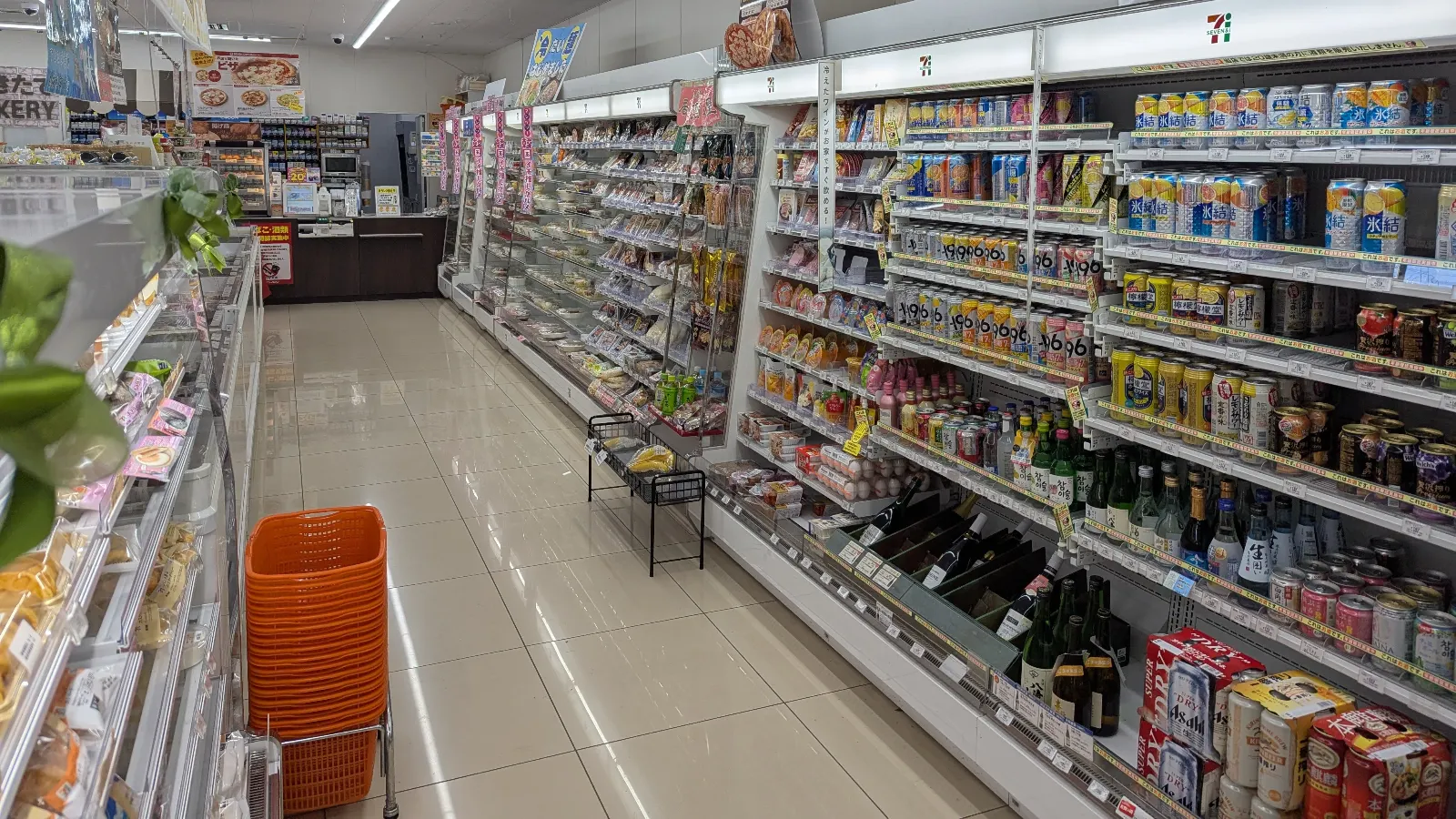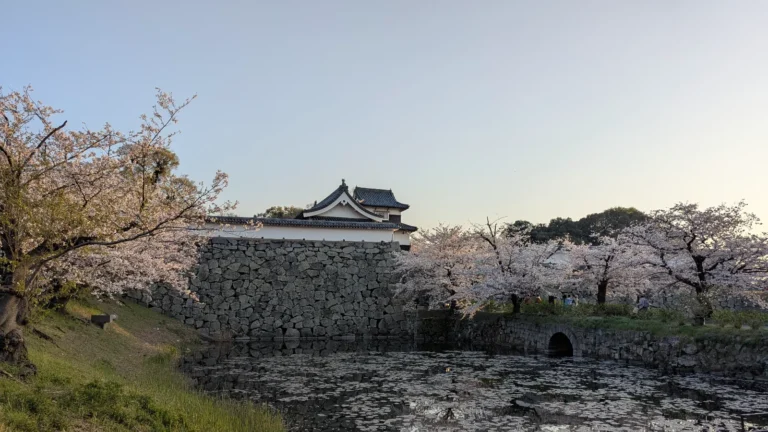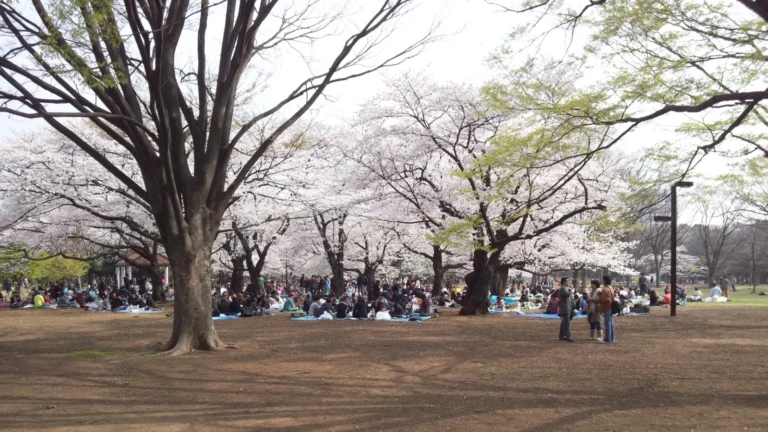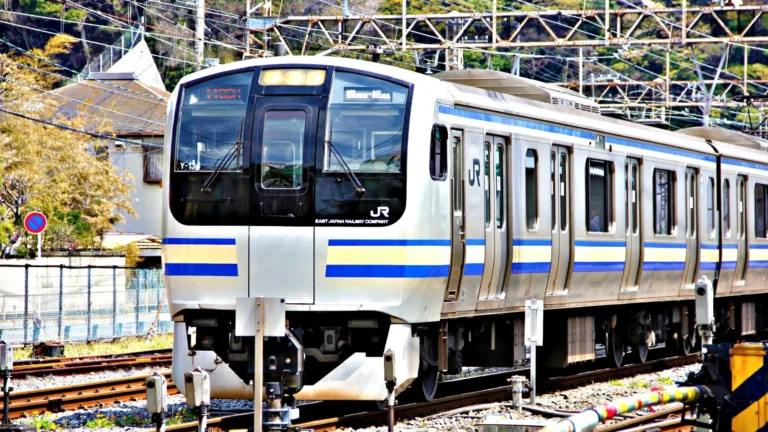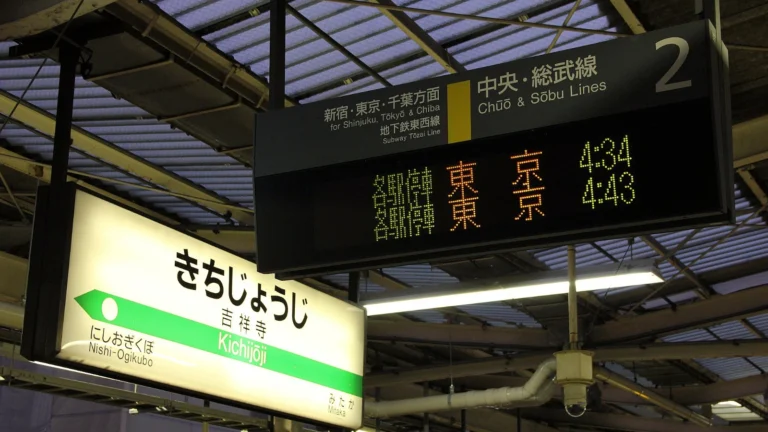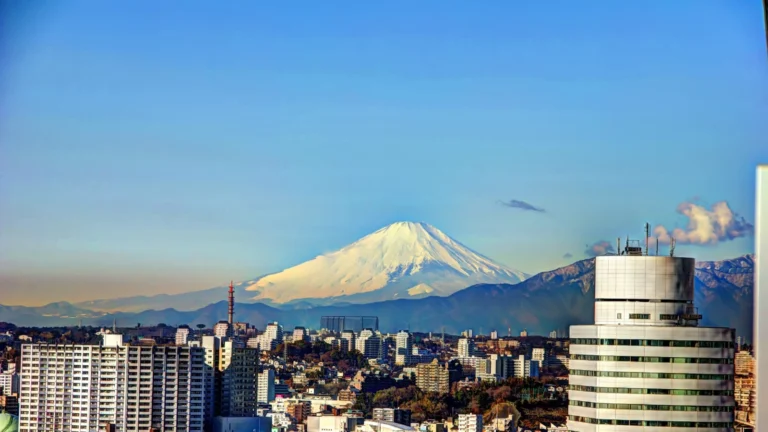Essential Tips for Traveling Japan on a Budget: A JOTM Guide
In a quiet corner of a Tokyo train station, you watch the coins shift in your palm. The warm smell of simmered broth drifts from a nearby udon stall. It costs less than a coffee back home, but it carries more weight, not just because of the price, but because of the care in every bowl. Traveling Japan on a budget invites a different kind of richness, a form of travel rooted in rhythm, not rush. This isn’t about chasing discounts, but about noticing how affordable places to visit in Japan often hold the deepest stillness. Whether you’re new to cheap travel tips in Japan or simply seeking more intentional ways to explore, this guide offers practical wisdom for those drawn to quiet, budget-conscious days. In these pages, you’ll find budget travel tips Japan reveals slowly, and the kinds of journeys where spending less brings you closer to more.
Select links in this guide are affiliate links. They help sustain this space… allowing us to share more, with less dependence on advertising.
*Prices are subject to change.
What Budget Travel in Japan Really Means
Japan often carries the reputation of being expensive, but with intention, the country reveals a different face. Budget travel here isn’t just for backpackers or students. It suits solo explorers, minimalist couples, and design-aware slow travelers looking for quality over luxury. With basic planning, you can expect to spend:
- Low-budget traveler: ¥5,000–¥7,000/day (hostel, local food, public transport, 1 paid attraction)
- Moderate budget: ¥8,000–¥11,000/day (budget hotel, regional train pass, mix of experiences)
Use our cost guide:
- Free: No cost
- ¥: Low cost
- ¥¥: Moderate cost
- ¥¥¥: High cost
- ¥?: Variable cost based on your choices
Start your planning strong with our step-by-step Planning a Trip to Japan guide.
Where to Travel in Japan on a Budget
Tokyo on a Budget: Cheap Eats & Quiet Streets
You don’t need to chase skyscrapers. Instead, let the quiet streets of Yanaka, the thrift shops of Koenji, and the indie cafes of Shimokitazawa draw you in. Tokyo offers:
- Free viewpoints like the Tokyo Metropolitan Government Building (Free)
- Tasty local meals under ¥1000 from udon stalls and curry houses (¥)
- Museums like the Sumida Hokusai Museum (¥)
- Nature in Yoyogi Park, Shinjuku Gyoen (¥), or along the Kanda River (Free)
Kyoto on a Budget: Free Shrines & Slow Walks
Some temples charge entry, but the heart of Kyoto’s magic is still free:
- Wander Philosopher’s Path at dawn (Free)
- Explore Fushimi Inari and its thousands of gates (Free)
- Dine at local soba or tofu shops for under ¥1000 (¥)
- Stay in small machiya guesthouses or capsule hotels (¥¥)
Osaka on a Budget: Street Food & Free Views
This is where Japan loosens its tie and serves you the best bites at street-level:
- Kuromon Market and Dotonbori snack stalls (¥)
- Free night views from Abeno Harukas observation lobby (Free)
- Affordable hostels with social energy (¥¥)
Fukuoka & Japan’s Islands: Affordable Adventures
- Slurp local ramen for ¥500
- Visit Ohori Park and Fukuoka Castle ruins (Free)
- Hop to Itoshima or Shikoku by ferry (¥?)
Exploring Rural Japan on a Budget
- Cycle through Biei or Onomichi (¥?)
- Camp or stay at community-run inns (¥)
- Hike temple trails like the Shikoku Pilgrimage (Free)
Where to Stay in Japan on a Budget
- Capsule Hotels: Sleek, clean, quiet. Tokyo and Osaka have beautifully designed options (¥¥)
- Business Hotels: Under ¥7,000/night, reliable and private (¥¥)
- Guesthouses/Minshuku: Homey and welcoming in countryside settings (¥)
- Temple Lodging (Shukubo): Spiritual, simple, sometimes free with volunteer work (Free–¥¥)
Getting Around Japan on a Budget: Low-Cost & Local Options
- Regional Passes (e.g. Kansai, Hakone): Cost-effective for multi-stop travel (¥¥)
- IC Cards (Suica, Pasmo): Tap-and-go simplicity across regions (¥?)
- Willer Express/Night Buses: Overnight savings, with comfort levels varying (¥–¥¥)
- 1-Day Metro/Subway Passes: Great for major cities (¥)
- Budget Airlines: Carriers like Peach or Zipair can be cheaper than trains if booked early (¥?)
- Walking & Biking: Safe, scenic, and perfect for slow travel (Free–¥)
Unlock more ways to travel with our Japan Rail Pass guide. For a full breakdown of Japan’s train systems, IC cards, and travel options, see our How to Get Around Japan guide.
Eating Well in Japan for Under ¥1000
- Gyudon Chains (Sukiya, Matsuya): Filling bowls under ¥500 (¥)
- Conveyor Belt Sushi: Some as low as ¥110/plate (¥)
- Tachigui Soba/Udon: Stand-up noodle counters near stations serve hot bowls fast for under ¥400 (¥)
- Depachika (Department Store B1 Food Floors): Bento boxes at closing time (¥)
- Convenience Stores (7-11, Lawson, Family Mart): Fresh, quality snacks on the go (¥)
Free & Low-Cost Experiences in Japan Worth Discovering
- Seasonal Festivals: Fireworks in August, temple lights in December (Free)
- Cultural Centers & Art Museums: Many under ¥500 (¥)
- Temples and Shrines: The majority remain free or request small donations (Free–¥)
- Public Baths (Sento): Cultural immersion for under ¥500 (¥)
- Nature: Mountain trails, island beaches, riverside bike paths (Free)
Essential Tips for Saving Money in Japan
- Travel Off-Season: November, January, and June offer low prices
- Use Coin Lockers Strategically: Save on luggage storage
- Early Trains, Early Meals: Many deals are available before 10am
- Bring a Water Bottle: Japan’s tap water is clean and free
- Avoid Tipping: It’s not expected and may confuse staff
- Pay Attention to Set Menus (Teishoku): Balanced meals at excellent value
- 100-Yen Shops: Daiso, Seria, and Can Do are great for snacks, souvenirs, and daily travel items
Find the season that suits your journey in the Best Time to Visit Japan guide.
FAQs about Budget Travel Tips for Japan: A Few Last Things Before You Go
Whether you’re planning your first visit or refining a return trip, these budget travel tips for Japan cover the questions most travelers ask.
A: Carry around ¥5,000 to ¥10,000 in cash daily in Japan. This is especially important for smaller local shops, some restaurants, and rural areas that may not accept credit cards, ensuring smooth transactions.
A: Japan can be surprisingly affordable. By focusing on value and smart planning—like choosing budget accommodations, local eateries, and cost-effective transport—travelers can experience Japan for as little as ¥5,000–¥7,000 per day.
A: For budget-friendly stays in Japan, consider capsule hotels for a unique, clean, and efficient experience, or business hotels which offer reliable private rooms under ¥7,000/night. In rural areas, guesthouses (minshuku) and even temple lodgings (shukubo) can provide authentic, low-cost options, sometimes with volunteer opportunities for free stays.
A: Eating cheaply in Japan is easy with options like gyudon chains (Sukiya, Matsuya) for meals under ¥500, conveyor belt sushi from ¥110 per plate, and department store basement food halls (depachika) offering discounted bento boxes near closing time. Convenience stores (7-11, Lawson) also provide fresh, quality, and affordable ready-to-eat meals.
A: The most budget-friendly transportation in Japan often involves regional train passes (like Kansai or Hakone passes, if they suit your itinerary), night buses for overnight travel between cities (saving on a night’s accommodation), and simply walking or biking within cities for free and scenic exploration. For short city trips, 1-day metro/subway passes offer great value.
A: Yes, many of Japan’s most iconic temples and shrines offer free entry, like Fushimi Inari in Kyoto or Meiji Jingu in Tokyo. While some larger complexes have small fees, countless spiritual sites are free or accept modest donations, allowing for cultural immersion on a budget.
A: Beyond temples, Japan offers numerous free cultural experiences. Enjoy the vibrant atmosphere of seasonal festivals (matsuri), often featuring fireworks or traditional performances. Explore public parks like Yoyogi Park in Tokyo or Ohori Park in Fukuoka. Wander through historic neighborhoods like Yanaka in Tokyo, or simply observe daily life in bustling areas like Dotonbori in Osaka for authentic, no-cost cultural insights.
A: For the most budget-friendly travel to Japan, consider visiting during the off-peak seasons, specifically June, January, and November. These months typically offer lower prices for flights and accommodations compared to popular spring (cherry blossom) and autumn (fall foliage) seasons, while still providing pleasant weather for exploration.

